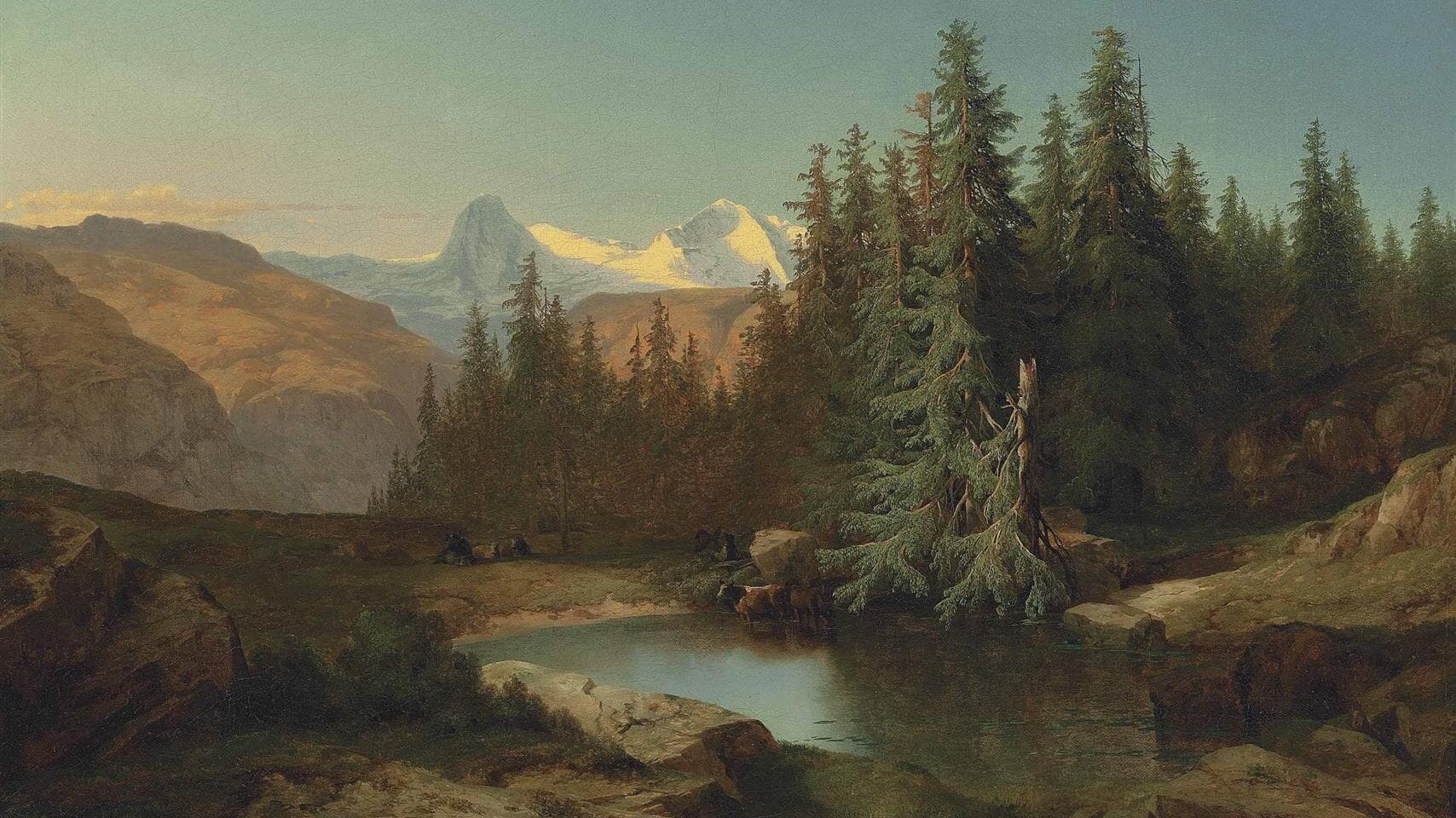Composed in 1939, Paul Hindemith’s Six Chansons for a cappella choir are an ode to nature, harmony, and community.
Set to French-language poems by the Austrian writer, Rainer Maria Rilke (1875-1926), they offer a dreamy remembrance of the music of the Renaissance and the French chanson. Brief, simple, and serene, this is music of escape.
Having fled the Nazis, Hindemith was living amid the Alpine splendor of Valais, Switzerland. Months later, he immigrated to the United States, where he taught at Yale University.
Brian McCurdy writes that Hindemith
believed that unaccompanied singing was both an important teaching tool and a valuable community activity. For this particular set of chansons, he intentionally kept the part writing and harmonies simple and accessible enough for a choir of any ability to be able to perform it.
The six poems center around animals, the seasons, and landscape. The first song, La biche (“The Doe”), evokes the animal’s grace and strength, beginning with the lines, “Oh, a doe: what beautiful interiors of ancient forests abound in your eyes.” This is contrasted with Un cygne (“The Swan”), which “advances over the water completely surrounded by [reflections] of itself.” The third song, Puisque tout passe, is fast and fleeting. (“Since everything passes, let us make fleeting melody; the one that refreshes us will get the better of us. Let us sing that which is leaving us with love and art; let us be quicker than its swift departure”). The harmonious blessings of Printemps (“Springtime”) contrast with death En hiver (“In Winter”). The cycle concludes with Verger (“Orchard”), sunny and life-sustaining.
Here are the poems, with English translation.
Recordings
- Hindemith: Six Chansons, Marcus Creed, SWR Vokalensemble Stuttgart Amazon
Featured Image: “Little mountain lake, view of the Bernese Alps” (1860), Alexandre Calame

